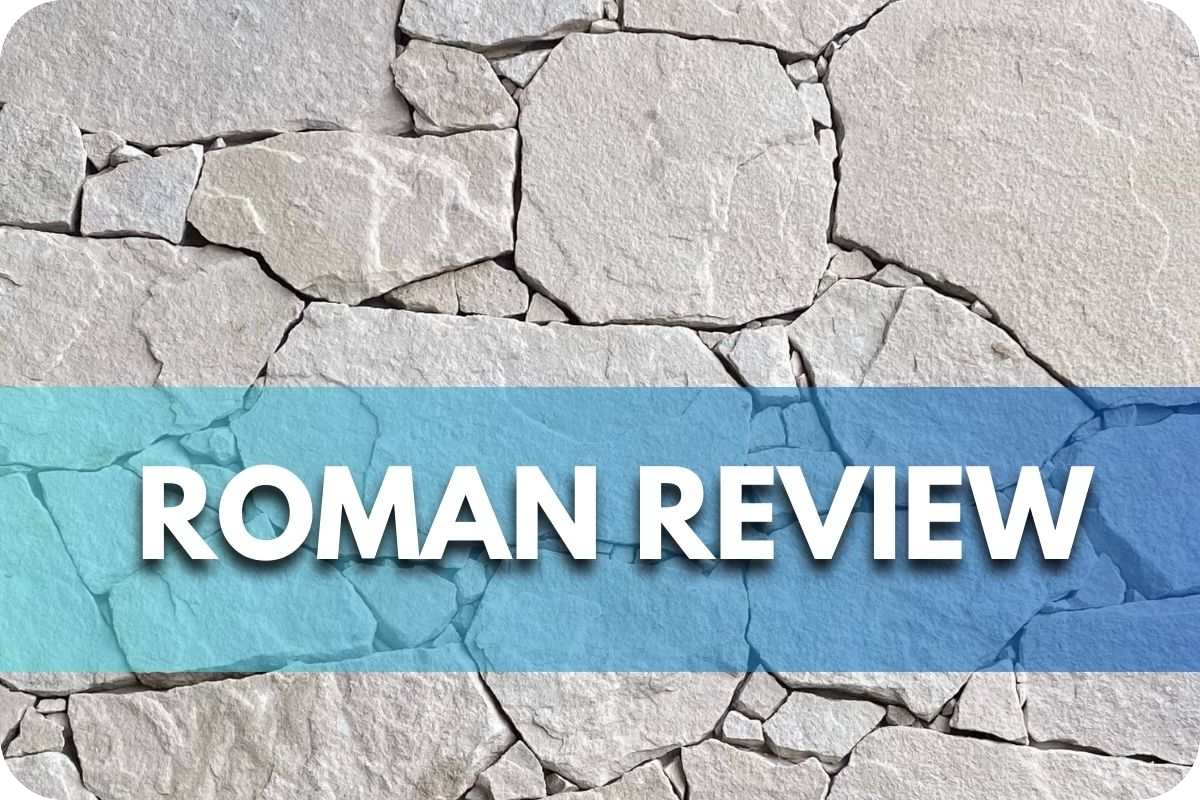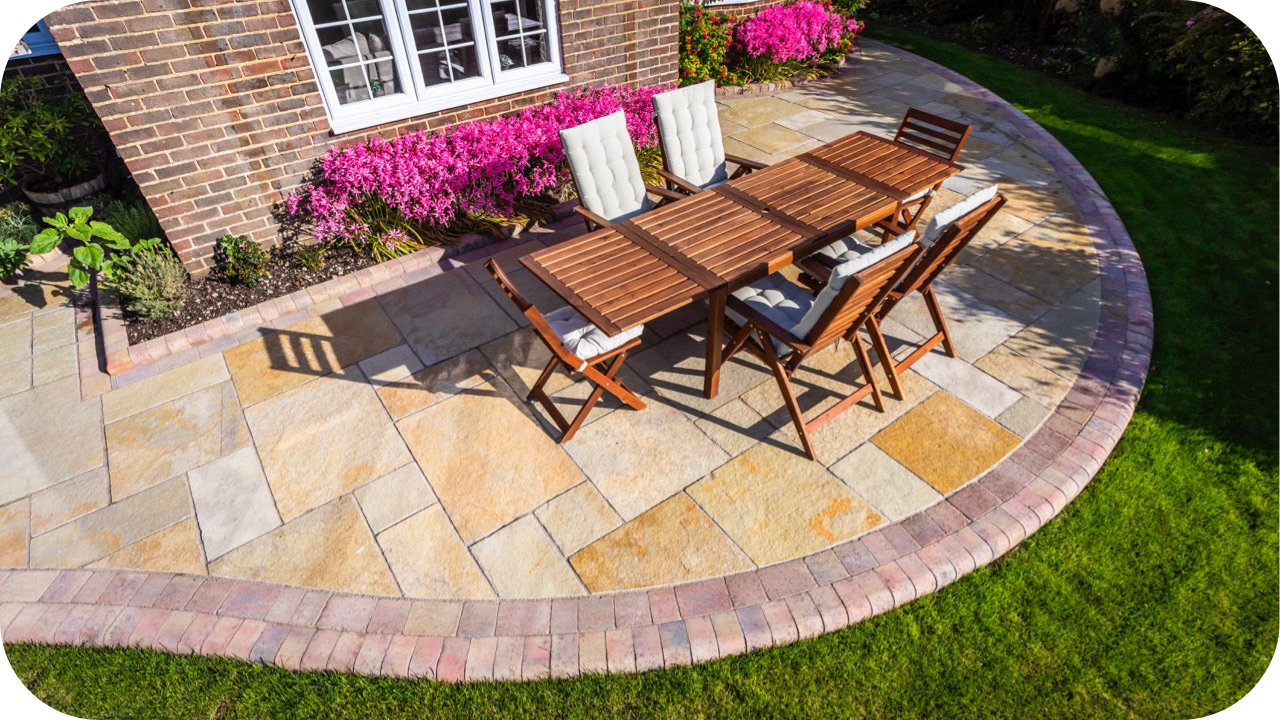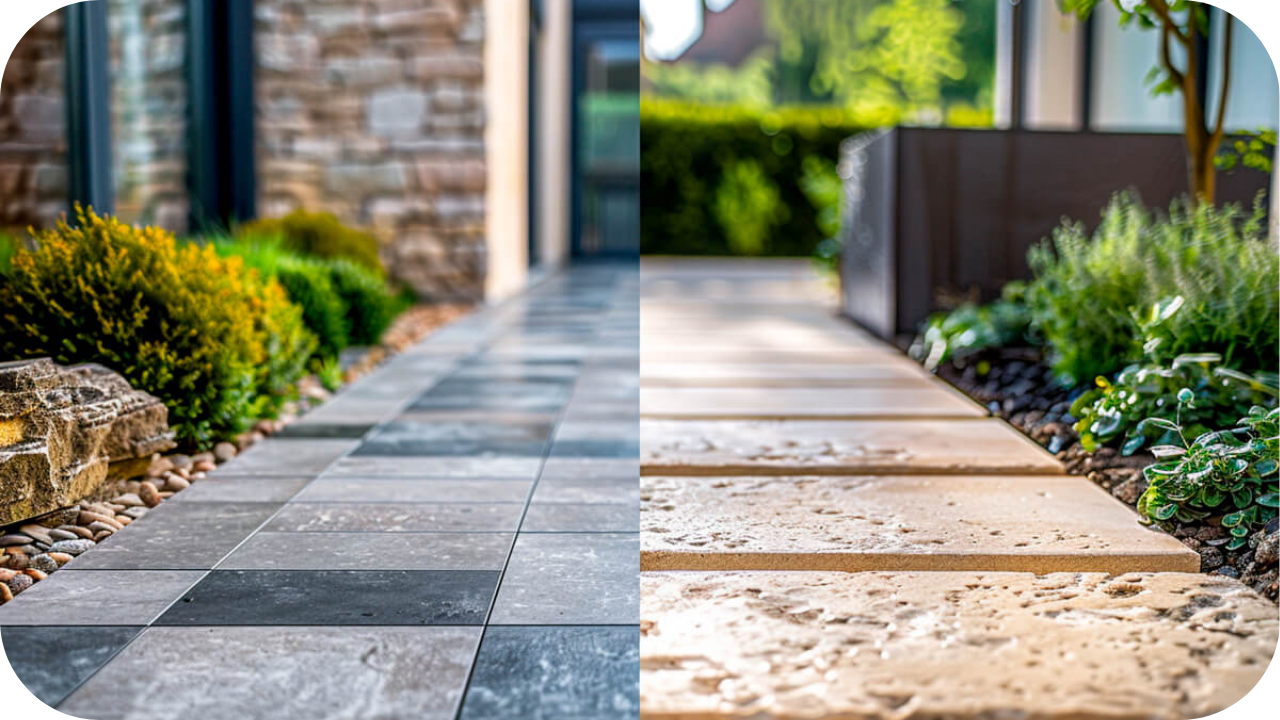
Investing wisely is challenging, especially with trendy startups and fluctuating markets. You want a reliable investment that will stand the test of time.
Many investors fall for flashy promises that fizzle out, leaving them frustrated and with losses. It’s easy to feel disheartened searching for solid, long-term investment opportunities.
Roman Review offers a solution. Its proven track record and consistent growth could be the timeless investment you’ve been searching for.
Let’s delve into why Roman Review remains a compelling choice in 2024.
The Appeal of Roman Sandstone
Roman sandstone is renowned for its refined aesthetic and unique texture, which make it a standout choice for architectural applications.
This sandstone is characterised by its warm, earthy tones, ranging from creamy beiges to deep, muted golds, and exudes a timeless charm. The stone’s naturally occurring patterns, featuring subtle swirls and veins, add a touch of elegance and individuality to each slab, ensuring no two installations are exactly alike.
Another notable attribute of Roman sandstone is its texture. Its fine to medium grain provides a smooth yet tactile surface that is pleasing to the eye and to the touch.
This tactile quality enhances the stone’s luxurious feel, making it a favourite for both interior and exterior design projects.
Architecturally, Roman sandstone is incredibly versatile. It complements a wide range of styles from classical to contemporary.
In traditional settings, its historical connotations and natural appearance harmonise with elements like wrought iron and wood, echoing the grandeur of ancient Roman architecture. For modern designs, the clean lines and muted colour palette of Roman sandstone provide a subtle backdrop that enhances the sleek, minimalist aesthetics.
Roman sandstone is effortlessly adaptable to flooring, wall cladding, and exterior facades, making it a durable and stylish choice for any architectural endeavour.
Historical Use and Longevity
Sandstone has been a cornerstone in architectural history, with its use dating back thousands of years. The Romans, renowned for their architectural prowess, extensively utilised sandstone for its durability and ease of carving.
This enabled the construction of vast amphitheatres, aqueducts, and temples, many of which stand as a testament to the material’s longevity and enduring appeal.
One of the most iconic examples of the Romans’ historical use of sandstone is the Colosseum in Rome. Constructed primarily from travertine and tuff, the Colosseum also features intricate sandstone detailing, particularly in the interior arcs and decorative elements.
Another significant structure is the Roman Theatre of Orange in France. Built in the 1st century AD, it showcases the durability and strength of sandstone, having withstood the ravages of time and is still being used for performances today.
These ancient edifices not only highlight the functional attributes of sandstone, such as its resistance to weathering and structural stability but also underscore its aesthetic versatility.
Sandstone’s ability to maintain its integrity and appearance over centuries makes it a valued material in historical and modern architectural design. It continues to be a symbol of timelessness and resilience.
2024 Market Trends for Roman Sandstone
Roman Sandstone enjoys a resurgence in 2024, thanks to its natural beauty and versatility. Key trends include:
- Sustainability Focus: Sandstone’s low environmental impact makes it a sought-after, eco-conscious material. Builders and homeowners are prioritising sustainable building practices.
- Warm, Earth Tones: Sandstone’s warm hues align perfectly with the trend towards comforting, natural palettes in interior and exterior design.
- Textural Appeal: Sandstone’s varied textures are in demand. Weathered, rough finishes add depth and interest to facades and landscaping.
- Durability and Versatility: Sandstone’s strength is prized for structural elements and decorative features like paving, cladding, and fireplaces.
Roman Sandstone: Perfectly Aligned
Roman Sandstone excels within these trends. Its source quarries prioritise responsible extraction, further strengthening its sustainability appeal.
Its classic, naturally warm hues effortlessly complement current design preferences.
Roman Sandstone’s range of textures and renowned durability also suit diverse applications, making it a smart investment for builders, architects, and homeowners alike.
Durability and Maintenance
Roman Sandstone is renowned for its exceptional strength and resilience. Its composition makes it naturally resistant to weathering, erosion, and temperature fluctuations.
This durability is evidenced by the many well-preserved Roman structures still standing today. However, proper care will ensure its longevity and beauty for future generations.
Maintenance Tips
- Cleaning: Gentle cleaning with water and a mild detergent is usually sufficient. Avoid harsh chemicals or pressure washing, which can damage the surface.
- Sealing: A quality sandstone sealer protects against staining and moisture absorption. Reapply as recommended by the manufacturer.
- Prompt Repairs: Address cracks or chips quickly to prevent further deterioration. Consult a stonemason for professional repairs if needed.
- Placement: In areas prone to heavy foot traffic or harsh weather, consider a harder variety of Roman Sandstone or alternative materials for greater longevity.
Installation Insights
While general sandstone installation principles apply, Roman Sandstone benefits from specific considerations:
- Masonry Expertise: Due to its density, Roman Sandstone is best handled by experienced stonemasons. They’ll ensure proper cutting, setting, and mortaring for structural integrity and aesthetic appeal.
- Weight and Size: Roman Sandstone can be substantial. Assess foundation requirements and lifting equipment needs, especially for large-scale projects.
- Variation: Embrace Roman Sandstone’s natural variations in colour and texture. A skilled mason can create a beautifully blended appearance.
- Sealing: Apply a sealant after installation to enhance stain resistance and simplify future cleaning.
Potential Challenges & Solutions
- Efflorescence: White salt deposits may appear temporarily. This is usually harmless and weathers away.
- Improper Installation: Poor craftsmanship can lead to cracking or shifting. Always use reputable stonemasons with experience in Roman Sandstone.
Cost and Investment Analysis
Roman Sandstone generally sits in the mid-to-upper range compared to other natural stones. Factors like quarrying location, specific variety, and project complexity influence pricing.
However, it’s important to consider the long-term value proposition:
- Minimal Maintenance: Roman Sandstone’s durability translates to lower upkeep costs over time compared to some more porous or less weather-resistant stones.
- Increased Property Value: The timeless appeal of Roman Sandstone adds to the desirability and resale value of your property.
- Longevity: With proper care, Roman Sandstone installations can last for centuries, generating an excellent return on investment (ROI) over their lifespan.
- Sustainability Premium: As buyers prioritise sustainable materials, Roman Sandstone’s responsible sourcing and low environmental impact can command a premium.
While the initial cost may be higher, Roman Sandstone offers a compelling investment. Its enduring beauty, minimal maintenance requirements, and positive impact on property value make it a wise choice for those seeking a long-term perspective.
Customer and Expert Opinions
Here’s a look at customer and expert opinions on Roman Sandstone:
- Homeowner Testimonials: Homeowners consistently praise Roman Sandstone’s natural beauty and how it enhances their homes’ curb appeal. They often cite its long-lasting durability and low maintenance needs.
- Architectural Acclaim: Architects appreciate Roman Sandstone’s versatility – lending itself to classic and contemporary designs. They value its ability to add warmth, texture, and a sense of permanence to projects.
- Expert Analysis: Industry experts in the natural stone sector emphasise that high-quality materials like Roman Sandstone increase property value and hold their worth over time. They stress that while natural stone may have an initial higher cost, it consistently offers long-term returns.
Conclusion
In a world of fleeting trends, Roman Sandstone remains an enduring symbol of strength, beauty, and enduring value.
Its sustainability, low maintenance, and timeless elegance make it a wise investment for homeowners seeking to create spaces that stand the test of time.
Discover the legacy of Roman Sandstone and elevate your property today.
More To Explore

Benefits of Natural Stone Pavers
Ever wondered why natural stone pavers are becoming a top choice for outdoor spaces? These durable, naturally quarried materials—like granite, sandstone, or bluestone—offer both strength

Travertine vs Limestone for Garden Paths
Natural stone remains one of the most popular choices in landscaping, offering a perfect blend of beauty, texture, and longevity. Among the standout options, travertine


